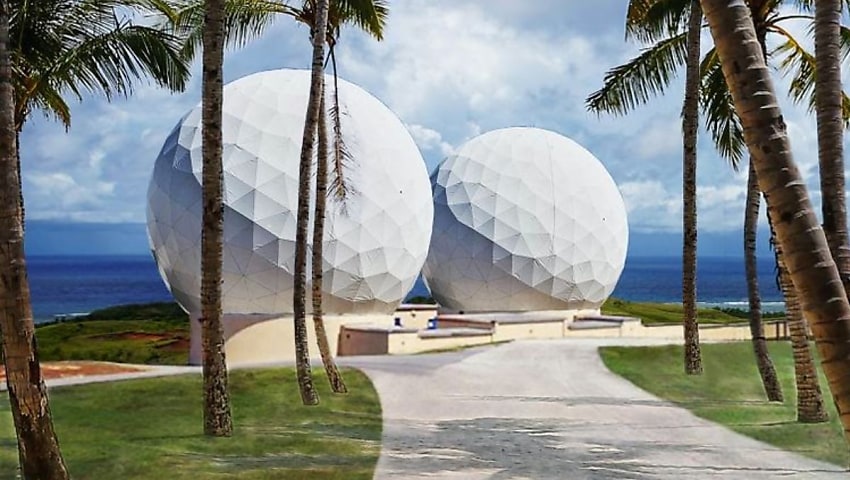Northrop Grumman has completed a successful preliminary design review (PDR) of Relay Ground Station-Asia (RGS-A) for the US Naval Information Warfare Center (NIWC) Pacific.
To continue reading the rest of this article, please log in.
Create free account to get unlimited news articles and more!
Northrop Grumman was awarded a US$99.6 million five-year contract from NIWC Pacific last year to design, develop, integrate, test, and deliver the relay ground station.
The Relay Ground Station-Asia (RGS-A) capability will connect critical legacy and next-generation satellites and end users across the US Armed Forces.
Northrop Grumman completed the successful preliminary design review (PDR) a month ahead of schedule, confirming the company is on track to transform the existing missile-warning system across Asia.
Aaron Dann, vice-president, strategic force programs, Northrop Grumman, said, “The preliminary design review exceeded our customers’ expectations and is the next step in delivering much-needed new capabilities to the Pacific region.”
The majority of the work will take place at Northrop Grumman’s campus in Boulder, Colorado.
The US Space Force is working to transform the existing missile-warning system with the Future Operationally Resilient Ground Evolution (FORGE) system.
A cornerstone of the FORGE architecture includes developing relay ground stations capable of supporting existing and new satellite constellations with the ability to handle changes in bandwidth and availability.
“Our advanced technologies will deliver what is needed to support missile-warning and missile-tracking satellites that protect our nation and its allies,” Dann added.
NIWC Pacific will develop six antennas for RGS-A to enable the Space Systems Command (SSC) next generation Space-Based Infrared System (SBIRS) ground system which keeps legacy satellites in geosynchronous orbit. RGS-A will be deployed to Guam and is on schedule to be installed by late 2025.

 Login
Login







